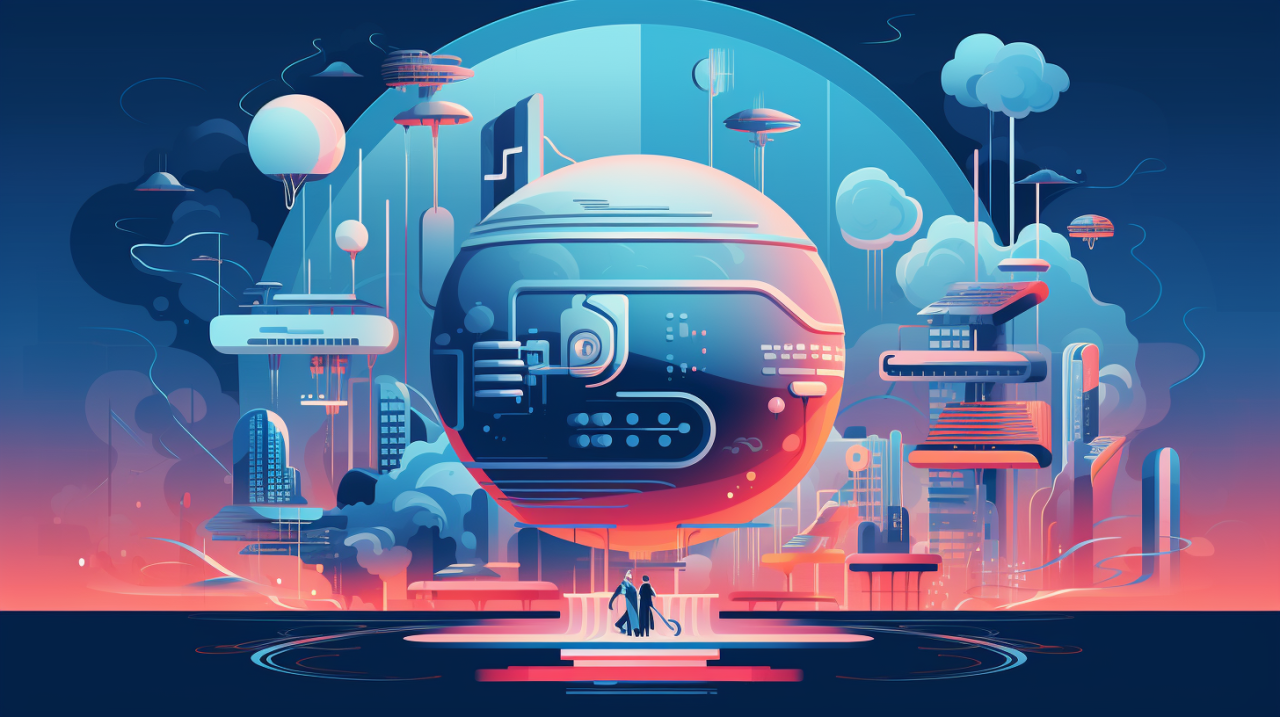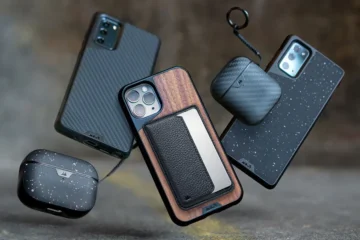The branding landscape is changing, big time, and it’s all about realigning with emerging consumer sentiment, technology and environmental consciousness. The pace of change in the industry, driven by technological and social acceleration is setting up an exciting but tough future, and the key trends are the things that will make you successful. Brands are at a crossroads and must adapt and innovate to stay relevant and successful.
The move to circular and regenerative design is more than a trend, and it’s a necessity for brands who want to create a sustainable future. Plus the intersection of predictive analytics and data science with trend forecasting is changing how brands approach the market. Knowing where and when to invest is a science, so brands can create products that meet and anticipate consumer needs. This article, presented by FOR®, will look at the top trends that will shape branding and design.
Authenticity in Branding
Authenticity is still key in branding, 86% of consumers want brands to be authentic and honest on social media. This shows how important genuine interactions and transparency is to build trust with your customers.
Personalisation and Customer Experience
Personalisation is still key, 77% of consumers will buy from brands that personalise their shopping experience. Brands are using data analytics and AI to tailor customer experiences to increase engagement and loyalty.
Social Media and Employee Advocacy
Social media is still a powerful branding tool, 89% of consumers will buy from brands they follow on social media. Employee advocacy is also emerging as a trend. Companies with employee advocacy programs are 58% more likely to attract talent and 86% of employees in those programs say it’s had a positive impact on their career.
Sustainability as a Core Value
Sustainability is no longer a trend but a shift in consumer consciousness. Brands that reduce their environmental footprint, use eco-friendly materials and minimize carbon emissions are loved by consumers.
Storytelling and Emotional Branding
Storytelling is still a powerful way to create emotional connections with consumers. Brands like Slack, Google, and Mailchimp use micro-interactions and small details to create memorable brand experiences.
Visual Branding
Visual elements like colour and logo design impact the brand. A signature colour can increase brand recognition by 80%, Starbucks green and IKEA yellow and blue are notable examples. 2 in 5 Fortune 500 companies use blue in their logos, it’s a colour that evokes calmness and trust.
Minimalism in Brand Design
Minimalistic branding that focuses on simplicity and clean lines is picking up. This is most applicable in today’s over-communicated world because it gives the consumer clarity and elegance. New design trends include the use of typography with a special twist in its design and incorporating elements that are a little bit experimental into their logo design.
Leveraging the Best of Branding and Designing Technologies
Technologies are also playing an important part in the whole process of brand development and success. Such innovations are really changing the way brands relate with their customers, as well as changing the nature of brand experience.
Augmented Reality and Virtual Reality in Brand Engagement
AR and VR technologies are very helpful in creating immersive brand experiences. They allow brands to interact with customers in a dynamic, interactive way that creates memorable interactions and a lasting impression.
AI-Driven Personalization and Customer Service
The use of artificial intelligence in branding now reaches the level of personalization. AI-driven chatbots, customer service, and virtual assistants improve the customer experience by providing top-quality support—fast and efficiently—round the clock. All these will engage the brand with its customers.
Omnichannel Marketing for Seamless Customer Experiences
Omnichannel marketing is essential because it gives the brand constant presence, from social media to a physical store. An effective omnichannel experience is very important since consumers frequently traverse between online and offline touchpoints.
Importance of User-Generated Content
UGC is a powerful branding tool that provides an authentic and unbiased perspective regarding a brand’s products or services. Encouraging customers to share their experiences can go a long way toward building the trust and authenticity brands need to engage with and retain customers.
Data-Driven Brand Strategies
Data analytics are heavily used to inform brand strategies. Insights from consumer data help tailor a brand’s messages and products to fit the needs and preferences of the target audience. This approach is key to creating relevant and impactful brand experiences.
Final Thoughts
Future branding is an ever-evolving process, adapting to technological advances, changing consumer behaviour, and a dynamic global market. Brands have to adapt to what is going on around them to maintain their relevance and competitiveness. A brand continues to find innovative ways of how to incorporate new technologies into its identity.
This includes the use of augmented and virtual reality technologies in immersive marketing campaigns, all pulled together through the power of AI in product development and market analysis beyond just customer service. If you want to Boost your online presence by emerging technology in your brand, you can contact Toni Hukkanen, the head of FOR®’s Branding Agency.
Keep an eye for more news & updates on Discover Tribune!



